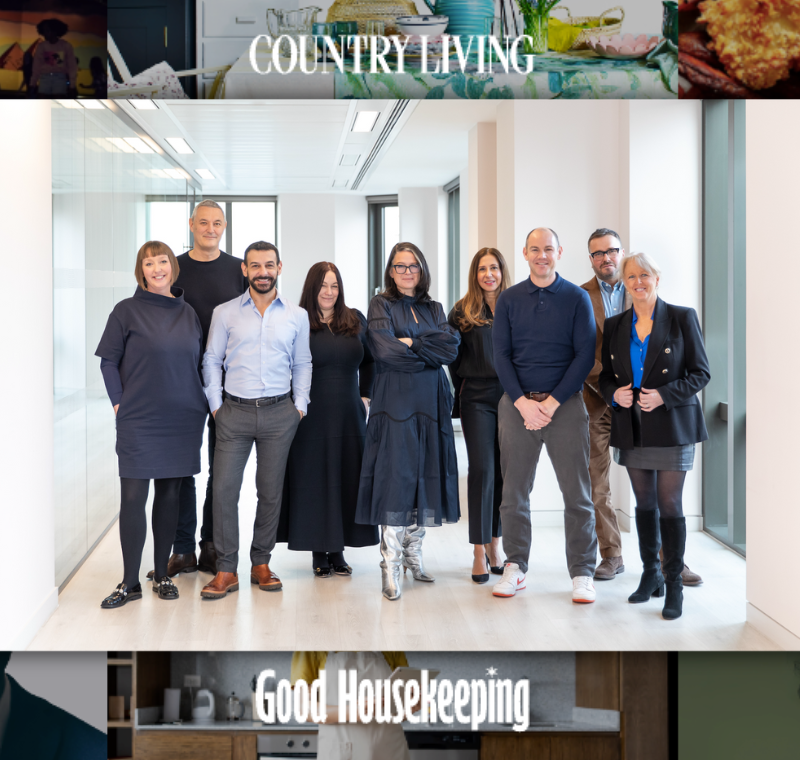Who’s in charge of native content? Publisher or agency?
The issue was brought into sharp focus when The Drum spoke to experts from publishers and agencies off the back of Credos study onwhether native advertising works for the consumer. It is still a novel approach to many readers, they claimed, with different ad formats emerging as advertiser confidence grows in this particular form of content marketing’s ability to shift brand metrics.
However, native ads are still in their infancy and while generating significant buzz among publishers and agencies, it has yet to shift measurement conversations significantly away from the CPM rat race. Much of this rests on how effectively publishers recalibrate internally to produce content brands are willing to pay for, as well the quality of the talent agencies employ to ensure they’re thinking like an editor, rather than a marketer.
It would appear marketers are already on board. Given that more than 25 per cent of all brand communications spend now goes on content, most marketers have already adapted their internal processes and realigned their budget responsibilities to deliver this, said Sean King, chief executive of content marketing agency Seven.
“The real challenge is being faced by the media and advertising agencies and the media or platform owners who are having to work together in a different way to give the client what they want,” he added.
Conflicting business models
With the gap between editorial and advertising closing, attempts to bridge the two responsibly are hampered by contrasting business models of creative and media agencies. A recent Adyoulike report revealed a growing belief sweeping the industry that creative agencies aren’t set up correctly, whether its sign-off processes or remuneration models, to build effective, timely native creative.
“Branded content is most effective when there is an authentic partnership with the publisher,” said Anna Watkins, managing director of the Guardian’s in-house agency Guardian Labs. The creative shop launched over a year ago and despite seeing a shift from traditional advertorial mindsets among its advertisers in the period, is pushing for more of a strategic role in terms of how native campaigns are planned rather than just focusing on the execution.
“This is the unique proposition that Guardian Labs offers – bespoke content that utilises data and technology to create effective and unstoppable stories that truly engage our audiences, and are shared beyond our own platforms,” added Watkins. ”We know our audiences better than anyone else and have the credibility, and trust that enables these brand stories to truly resonate within our global community of progressive readers.”
Of course, it’s more complicated to create content with a media owner than just buying advertising space but the need to scale, what are by their nature, custom ads is providing the impetus for greater collaboration. For publishers, native advertising gives them the chance to charge a premium to offset the declining CPMs on display, while the media agencies like it because it helps them get into content and brands are demanding it.
More like this
The future of native advertising
Sharethrough’s CEO on the future of native advertising and the battle for attention
Sharethrough and Column Five uncover the science behind why native ads work









